

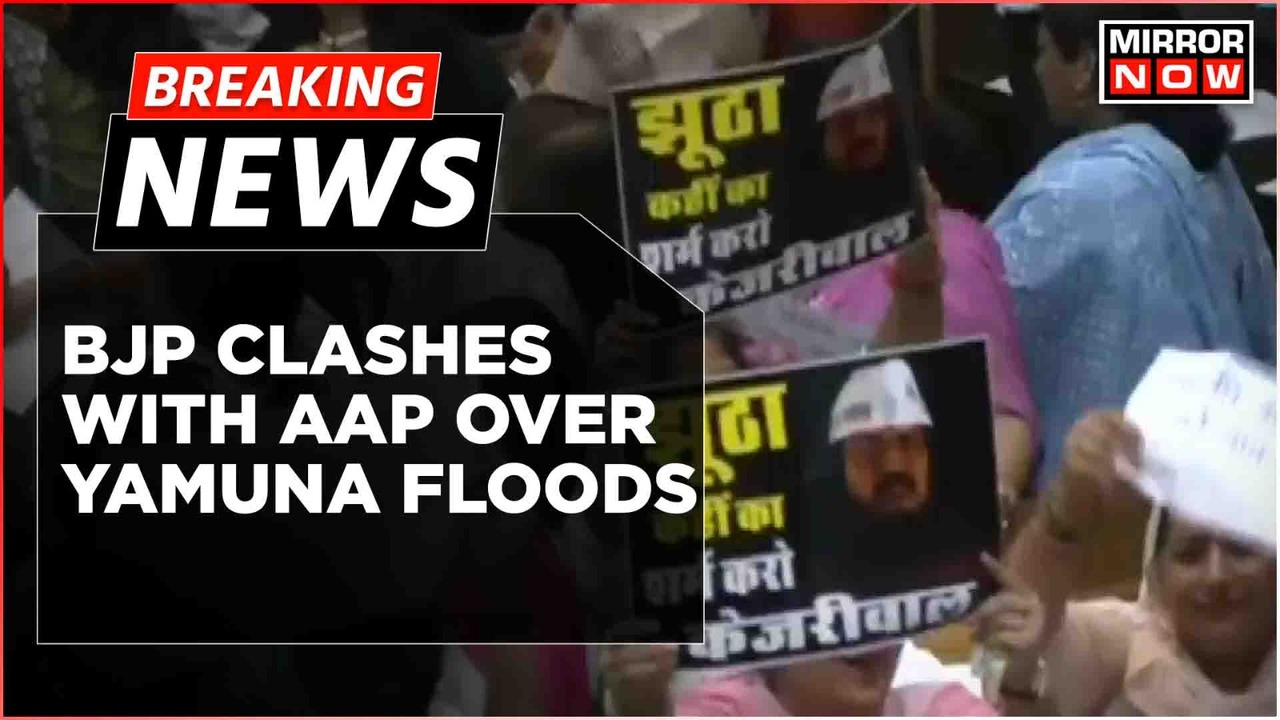
Amid the upcoming assembly elections, Delhi Chief Minister Arvind Kejriwal has accused the BJP-led Haryana government of releasing toxic water through river Yamuna which is being supplied to the national capital. He alleged that the BJP is indulging in such sinister acts to blame the AAP government in case of any harm to the people of Delhi. Kejriwal also expressed gratitude to the engineers of Delhi Jal Board for preventing the toxic water from mixing with the water supplied to Delhi, potentially saving many lives.
Toxic Water Crisis in Delhi: A Battle Between Political Accusations and Urgent Mitigation
In a brewing controversy amid upcoming assembly elections, Delhi Chief Minister Arvind Kejriwal has sparked allegations against the BJP-led Haryana government, accusing it of releasing toxic water into the Yamuna river, which supplies water to the national capital. This grave issue has raised concerns about the safety and quality of drinking water in Delhi.
Background
The Yamuna river has been facing severe pollution issues for decades due to industrial effluents, agricultural runoff, and untreated sewage. The crisis escalated in 2020 when a high concentration of ammonia was detected in the water, prompting the Delhi Jal Board (DJB) to shut down water treatment plants and issue an advisory to citizens to boil water before consumption.
Current Accusations
Kejriwal has alleged that the Haryana government deliberately released toxic water into the Yamuna on February 13th, 2023, with the intent to cause harm to the people of Delhi and blame the AAP government. The Delhi government has also shared evidence showing high levels of ammonia and biochemical oxygen demand (BOD) in the water supplied from Haryana.
Haryana's Response
The Haryana government has denied the allegations, stating that it has been regularly releasing water into the Yamuna for irrigation purposes and that its quality has met the prescribed standards. The state government has accused Kejriwal of playing politics with a serious issue.
DJB's Intervention
The Delhi Jal Board has played a crucial role in mitigating the crisis. Engineers successfully diverted and treated 170 million gallons of toxic water, preventing it from mixing with the water supply to Delhi. The DJB has also increased the frequency of water testing and has deployed additional staff to monitor the situation.
Top 5 FAQs
1. Is the water in Delhi safe to drink?
Currently, the water supply in Delhi is safe to drink as per DJB's monitoring. The board has assured citizens that it is taking all necessary measures to ensure the quality of water.
2. What are the health risks of consuming toxic water?
Consuming water contaminated with high levels of pollutants can cause various health issues, including gastrointestinal problems, skin irritation, and respiratory distress. In severe cases, it can even lead to organ damage.
3. What is the role of both the Delhi and Haryana governments in this crisis?
The Delhi government is responsible for ensuring the safety and quality of water in Delhi. The Haryana government, on the other hand, is responsible for the management of the Yamuna river and the release of water into it.
4. What are the long-term solutions to the Yamuna pollution crisis?
Addressing the pollution in the Yamuna river requires a multifaceted approach, including reducing industrial effluents, promoting wastewater treatment, and implementing strict regulations against illegal dumping.
5. What are the political implications of this controversy?
The allegations made by Kejriwal have further escalated tensions between the AAP and BJP governments in Delhi and Haryana. The issue is likely to be a major campaign point in the upcoming assembly elections.
Conclusion
The toxic water crisis in Delhi highlights the urgent need for collaboration and effective water management practices. It also raises questions about the role of politics and the potential impact on public health. While the Delhi government and DJB continue to work to mitigate the immediate risks, long-term solutions are essential to prevent such crises from recurring in the future.

The Indian National Congress (INC) has announced its plans to launch a month-and-a-half-long campaign in Jammu and Kashmir on April 22. The purpose of the campaign is to demand the restoration of statehood and to further the “Save the Constitution” movement. With the recent appointment of Syed Naseer Hussain as the new J&K in-charge, the party hopes to regain its lost support in the Union Territory. This campaign comes at a crucial time, as former supporters of the Congress leader Ghulam Nabi Azad have recently dissolved their party, raising questions about their political future. The Congress hopes to use this opportunity to highlight the BJP's failures in empowering elected governments and its betrayal over statehood.

Thousands of citizens in Pune are rallying together through an online petition to demand the protection of their city's hills and hill slopes from any construction. The petition is addressed to the former Pune Municipal Commissioner and Chairman of the state-appointed Committee on Bio-Diversity Park and Hill Top Hill Slopes. The citizens are concerned that the committee's review may result in allowing construction on the hills, while strict measures have already been mandated by the government to prevent it. The citizens stress the importance of preserving these natural areas for the city's ecological balance and urge the government to uphold its promise to future generations.

After the devastating terror attack in Pahalgam, Jammu and Kashmir, India has suspended the 1960 Indus Waters Treaty with Pakistan. This decision was made during a key meeting chaired by Union Home Minister Amit Shah, with discussions on potential actions being taken against Pakistan. As tensions between the two countries continue to escalate, Indian leaders have condemned Pakistan for their involvement in the attack and have vowed to take strong measures in response.

The Indian Army made its first major move since the Pahalgam terror attack on April 22, as they killed top Lashkar-e-Taiba (LeT) commander Altaf Lalli in an encounter in Jammu and Kashmir's Bandipora district. The security forces are on the hunt for the terrorists responsible for the brutal killing of 26 civilians and have launched a massive anti-terror operation. In other developments, Indian Army Chief General Upendra Dwivedi visited Srinagar for a security review meeting and the authorities demolished the houses of two suspected terrorists involved in the Pahalgam attack.
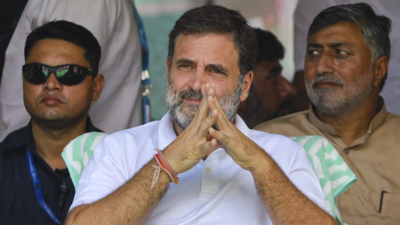
In a hearing at the Supreme Court, the bench rebuked Congress leader Rahul Gandhi for his "irresponsible" comments about freedom fighter Vinayak Damodar Savarkar. The judges highlighted the need to show respect for India's freedom fighters and questioned whether Gandhi was aware of his grandmother and Mahatma Gandhi praising Savarkar. The court also stayed an Allahabad High Court order that refused to dismiss a lower court's summons against Gandhi over his alleged remarks about Savarkar.
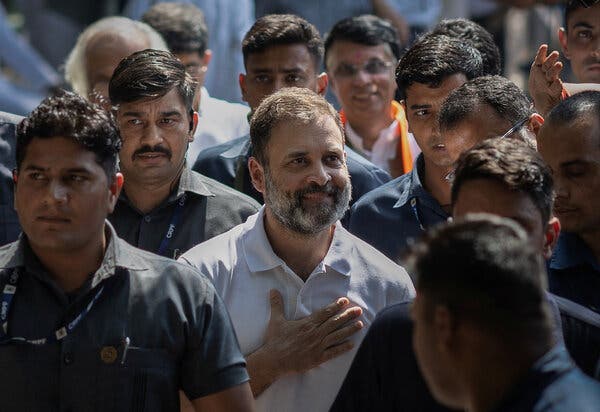
The Supreme Court has stepped in to warn Congress MP Rahul Gandhi over his comments about India's independence activist Veer Savarkar, staying a trial court's summons to the politician. The top court emphasized that Savarkar is a highly respected figure in Maharashtra and stated that no one would be allowed to make derogatory remarks about freedom fighters. The court also pointed out that Gandhi's family has had a history of praising Savarkar and Gandhi himself has been warned that the court will take suo motu cognizance of any such remarks. Additionally, the article also mentions an attack in Jammu and Kashmir that has led to heightened tensions between India and Pakistan.

In a successful operation by the security forces, a Lashkar-e-Taliba (LeT) terrorist associate, identified as Altaf Lalli, was killed in an ongoing encounter in the Bandipora district of Jammu and Kashmir. The encounter began after the security forces received intelligence about the presence of terrorists in the area. Two security personnel have also been injured in the exchange of fire and are currently undergoing treatment at a nearby hospital. The clash highlights the continued efforts of the security forces to combat terrorism in the region.
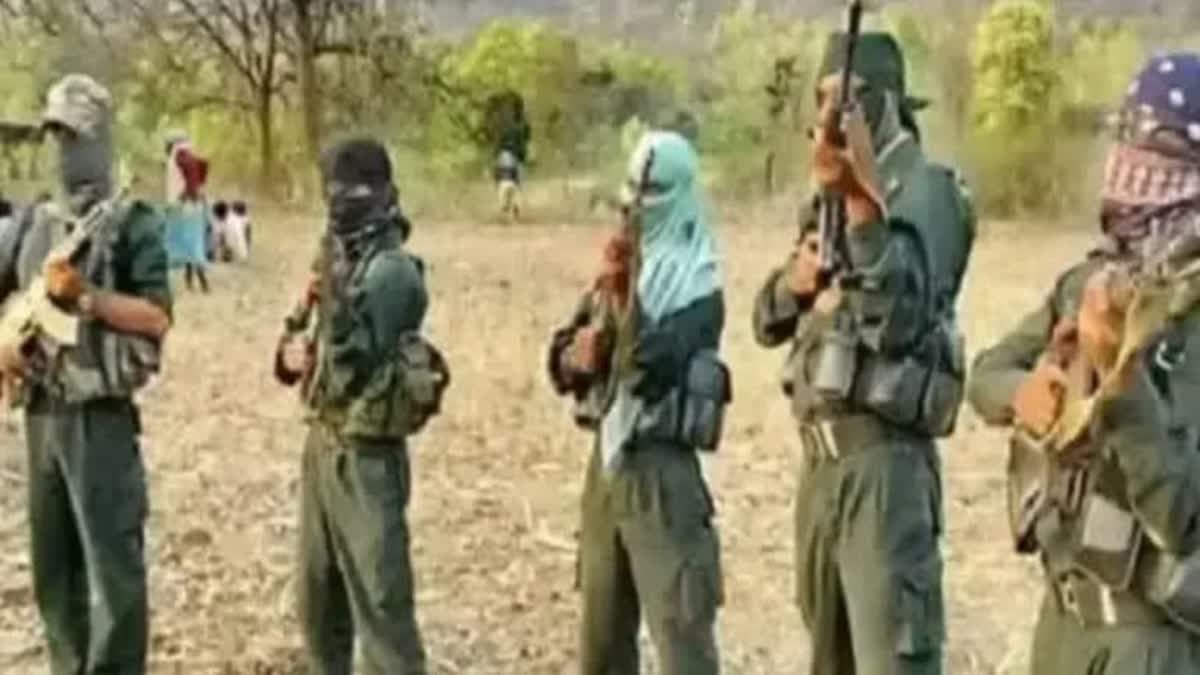
The Telangana-Chhattisgarh border is a hotbed of tension as security forces step up their efforts to root out Maoist activity from the region. Top Maoist leader Hidma is the target of current high-security operations, with forces strategically advancing through previously inaccessible areas. With mounting pressure, sources indicate that the hold of the Maoists in the region is gradually weakening, making for a tense and critical situation.

As the nation grapples with the aftermath of a terror attack in Pahalgam, security forces are undertaking a massive operation in the dense Karregutta hills forest to eliminate the heart of Naxal command. This operation, involving 7,000 personnel and cutting-edge technology, aims to strike a blow at Naxalism by targeting top leaders of the PLGA Battalion No. 1. This bold move by the CRPF, with the Director General personally overseeing the operation, marks a turning point in the fight against Maoist insurgency. With five Naxals already killed and more likely to come, the operation is being hailed as a decisive victory and could potentially spell the end of Naxalism in India.
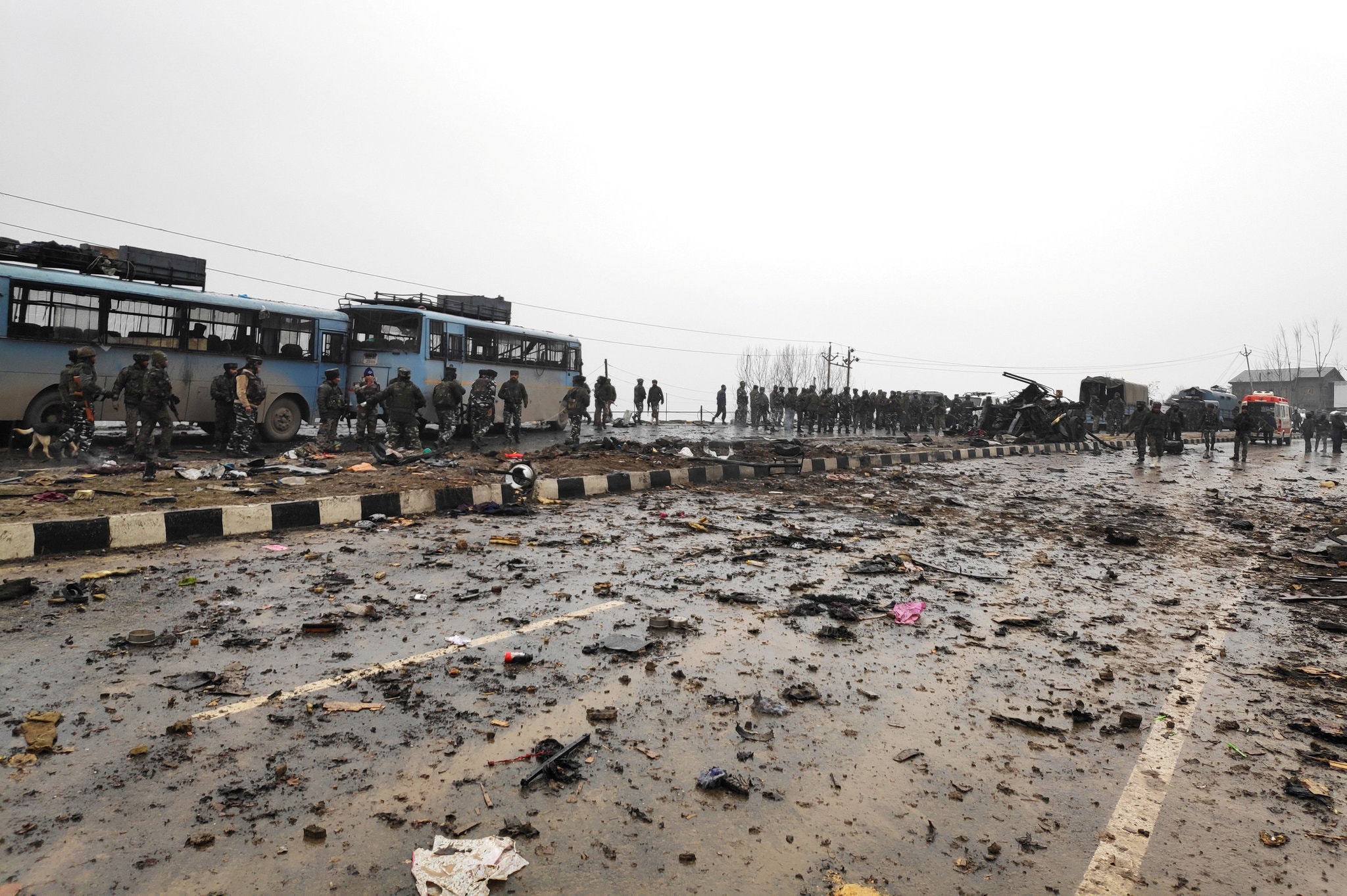
The US Government has publicly criticized The New York Times for its reporting on the recent terror attack in Pahalgam, Kashmir, calling attention to the difference between the newspaper's use of "militant" instead of "terrorist." This choice of words is not only misleading but also minimizes the severity of the attack, which was claimed by a Pakistan-based group with links to Lashkar-e-Taiba. The US House Foreign Affairs Committee took to social media to point out the error and highlight the real nature of the attack, noting that it has significant implications for regional security.